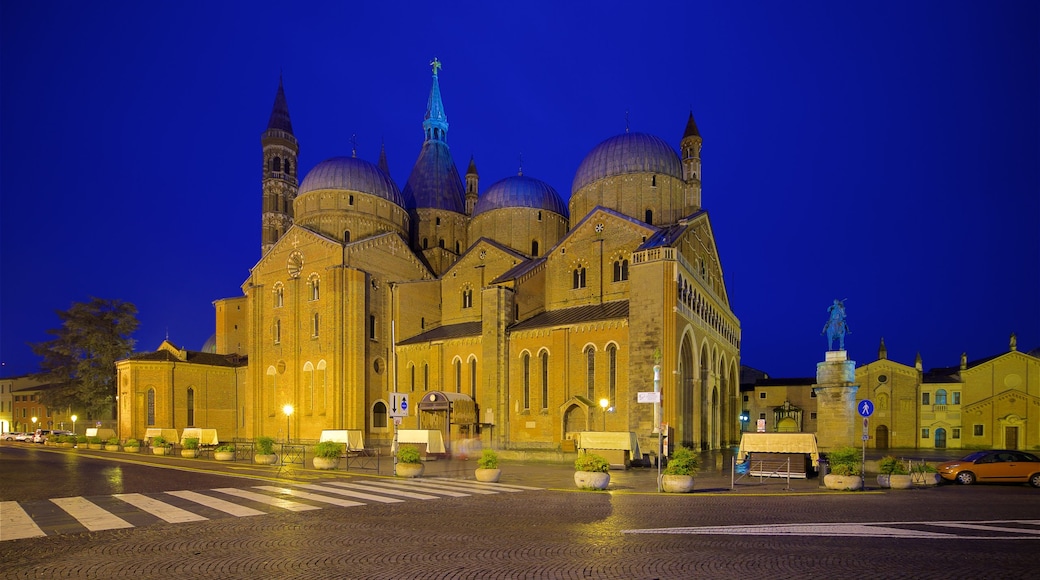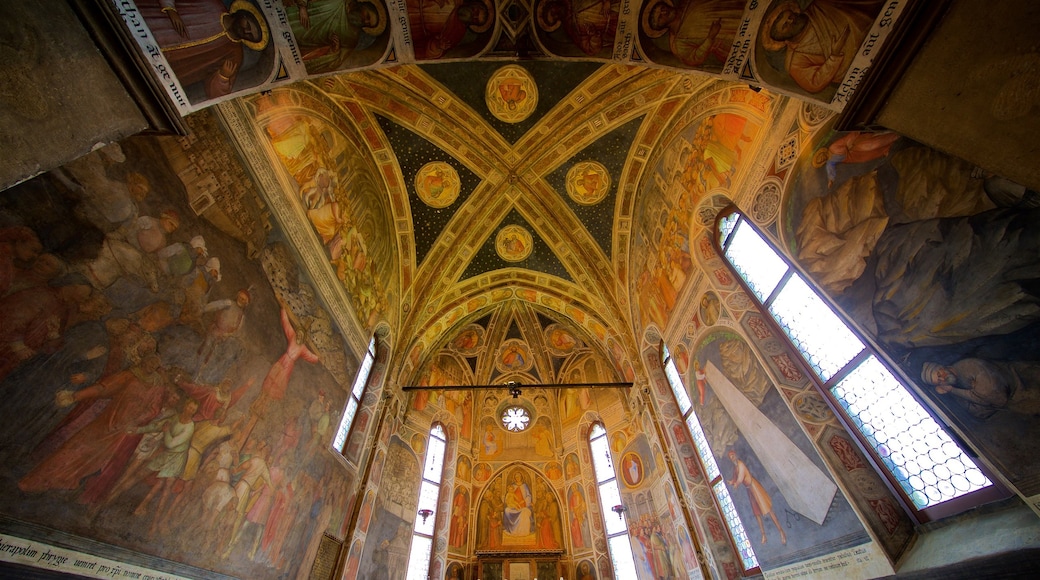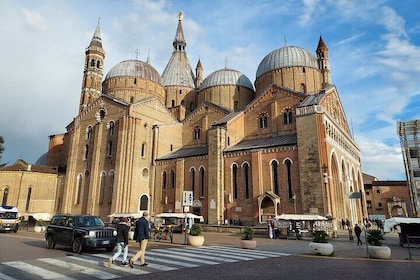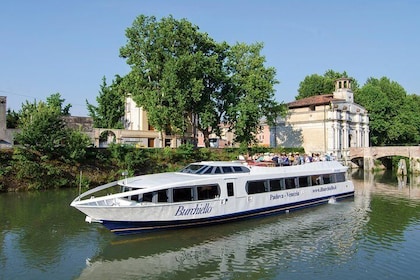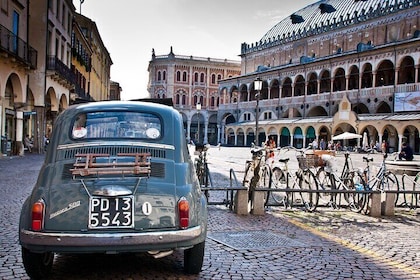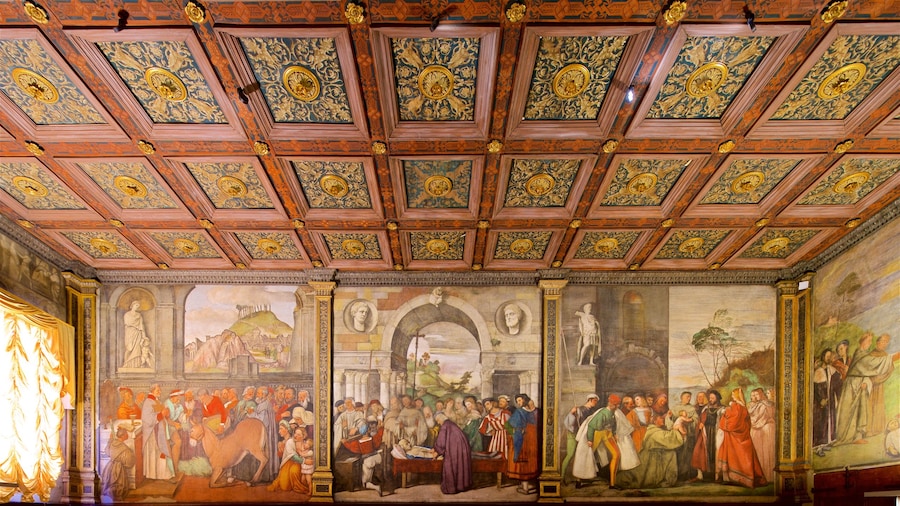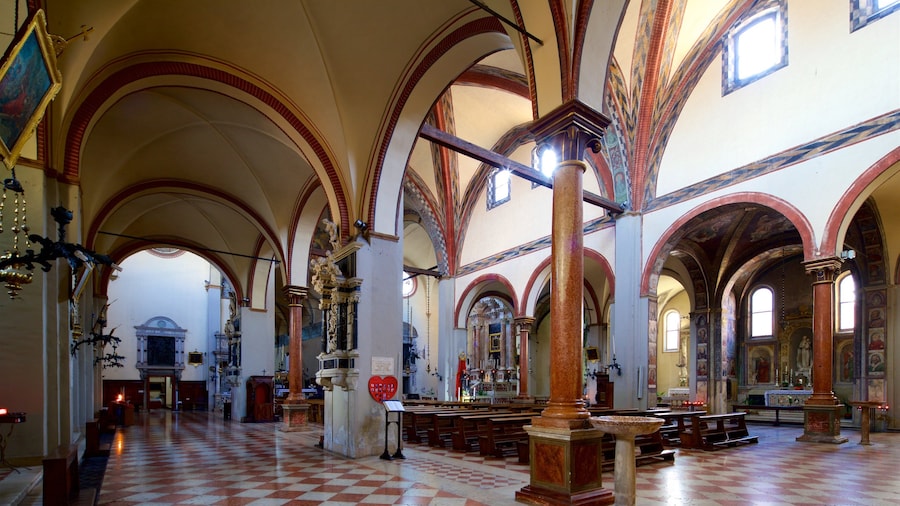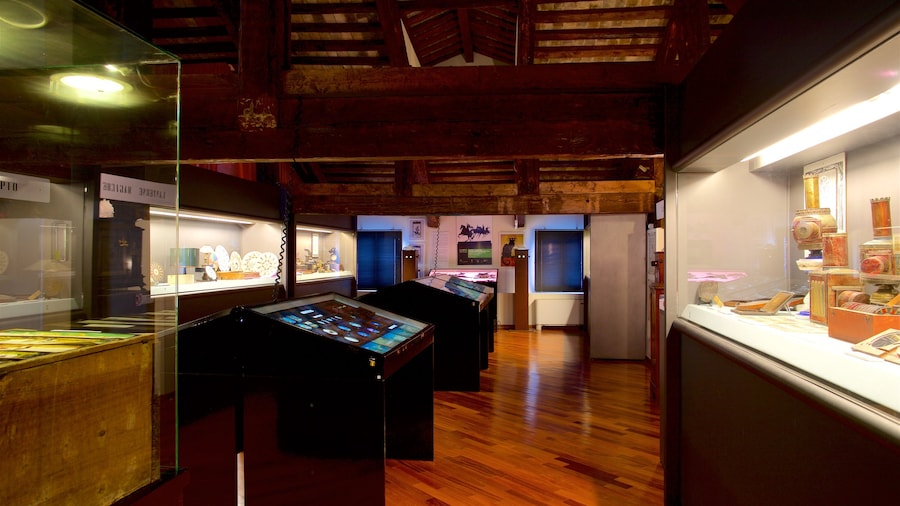Romanesque and Byzantine architecture meld together in the monumental façade of this superb basilica, which was built in the years following St. Anthony’s death.
Experience the grandeur of the Basilica di Sant’Antonio di Padova, an internationally revered pilgrimage site dating back to the 13th century. Byzantine-style domes crown this architecturally rich building. Inside you’ll find a series of artworks and the golden reliquary of St. Anthony. The basilica is not Padua’s main cathedral, but “Il Santo” has worldwide acclaim as being one of the Holy See’s eight international shrines.
Take a moment to appreciate the basilica’s colossal main façade. The basilica’s construction is likely to have begun in 1232, one year after the death of St. Anthony. From the front courtyard, look for the different architectural styles that have been imprinted on the basilica over the centuries. Note the Romanesque styling of the front of the brick building with Gothic recesses and an arcaded balcony. Look up to see the basilica’s Byzantine-like domes, reminiscent of Turkish minarets.
Enter the basilica to experience its cavernous and richly decorated interior. The basilica houses a series of notable funerary monuments. In the Chapel of the Holy Sacrament are intricate mosaics and Gothic elements. Find the relics of St. Anthony in the Baroque Treasure Chapel his tomb is in the Chapel of St. Anthony, which is decorated with ornate reliefs and statues.
Admire the series of medieval frescoes and sculptures that depict the Madonna, as well as the stories of St. James. One of the most notable artworks in the collection is the 14th-century Crucifixion by Altichiero da Zevio. Look for the gold reliquary, which is said to contain the chin and tongue of St. Anthony.
Basilica di Sant’Antonio di Padova is located on Piazza del Santo, southeast of Padova’s historic district. Reach the site easily via the city’s light rail system. The basilica is open daily. Holy Mass, confession and blessings in the chapel are held several times throughout the day.
